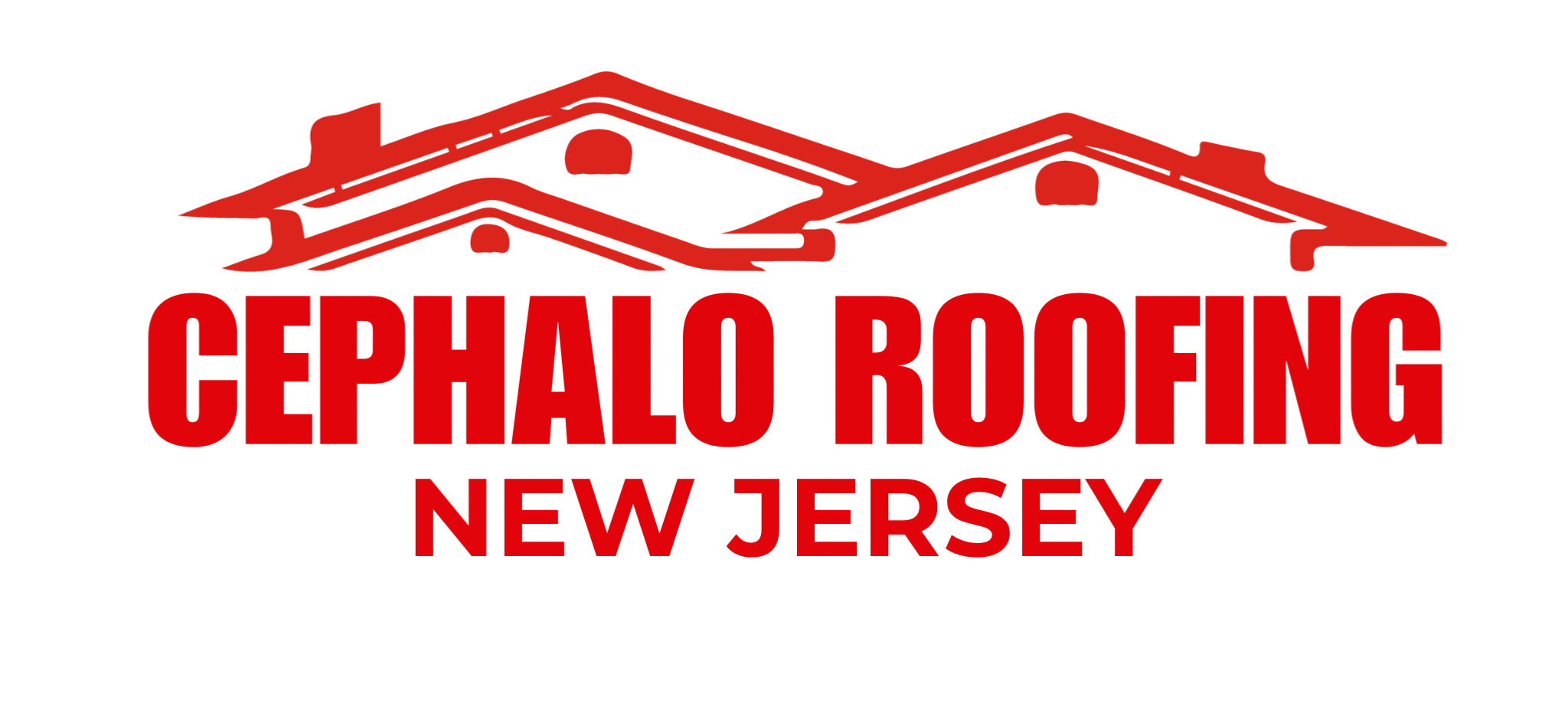How Long Does a Roof Replacement Take?

Cephalo Roofing
Roofing Professionals
Thinking about replacing your roof but unsure how long it will take? The good news: it’s probably faster than you think. Most roof replacements can be completed in just one to a few days, depending on factors like your roof’s size, material, and even the weather.
In this guide, we’ll walk you through the roof replacement process, what can affect the timeline and cost, and what to expect before, during, and after the project.
What Affects How Long a Roof Replacement Takes?
Generally, roof replacements take 1–3 days for average-sized homes with asphalt shingles. However, timelines vary based on:
- Size and complexity of the roof
- Roofing materials used
- Weather conditions
- Structural roof repairs
- Job site accessibility
Step-by-Step: The Roof Replacement Process
1. Initial Roof Inspection
Before any work begins, a professional roof inspection is performed. This helps uncover hidden issues like structural damage, rot, or signs of leaks. Inspectors will assess:
- Shingle condition
- Roof structure (rafters, trusses, decking)
- Soffits, fascia, and gutters
- Areas around chimneys, vents, and skylights
This inspection typically takes 1–2 hours but can save thousands by catching problems early.
2. Choosing Your Roofing Material
Not all roofing materials install the same way. Here’s how they compare:
1. Material
2. Typical Timeline
3. Notes
- Asphalt Shingles
1–2 days
Most common and quickest to install
- Metal Roofing
2–5 days
More complex installation, higher cost
- Wood Shakes
2–8 days
Natural material, needs acclimation
- Slate or Tile Roofs
Up to 10 days
Heavy, fragile, labor-intensive
✅ Pro tip: Some materials may require special permits or longer delivery times.
3. Prepping the Property for Roof Installation
Before installation starts, take these simple steps:
- Move cars from the driveway
- Bring pets indoors
- Store outdoor furniture and toys
- Cover or remove garden items
- Protect items in the attic from dust and debris
Clearing the area helps crews work safely and efficiently.
4. Removing the Old Roof
Removing existing shingles and underlayment usually takes 4–6 hours for a standard home. If there are multiple layers, expect an extra 2–4 hours.
5. Structural Roof Repairs (If Needed)
Sometimes, problems beneath the surface-like rotted wood or damaged trusses-are discovered. These issues can add 1–3 days to the project, depending on the scope.
Common repairs include:
- Replacing damaged roof decking
- Truss plate repair
- Mold remediation
- Fixing roof drainage issues
6. Installing the New Roof
Once repairs are made, it’s time to install:
- Roofing underlayment for added weather protection
- Flashing around vents, chimneys, and valleys
- Shingles or metal panels, depending on material
- Roof ventilation systems to regulate attic airflow
- Gutter installation (if included in the scope of work)
Proper roof installation ensures durability, energy efficiency, and protection from leaks.
7. Cleanup and Final Inspection
After installation, the crew will:
- Remove leftover debris and roofing nails
- Inspect landscaping for any damage
- Clean gutters and paved areas
- Load up equipment and tools
A final roof inspection may be done to confirm the roof was installed correctly and meets all local building codes and HOA requirements.
Cleanup typically takes 2–4 hours.
What Can Delay a Roof Replacement?
Even well-planned projects can run into delays. Here are some common causes:
Weather Conditions
Rain, high winds, or snow can pause work for safety reasons. Roofing during winter or stormy months often leads to schedule changes.
Tip: Aim for spring or early fall when the weather is more stable.
Roof Design Complexity
Steep slopes, multiple valleys, dormers, or unique architectural features can slow progress and increase cost.
Limited Property Access
Tight driveways, overgrown landscaping, or multi-story homes can make it harder to transport materials and work efficiently.
Unforeseen Structural Damage
Hidden issues like pest damage, rot, or moisture problems can extend timelines and increase your final costs.
Cost Considerations
While timelines are important, so is your budget. Here’s how some factors can impact your roof replacement cost:
- Roof Size: Larger homes = more roofing materials and labor
- Material Choice: Metal, slate, and tile cost more than asphalt shingles
- Structural Repairs: Can add $500–$5,000+ depending on severity
- Accessibility & Complexity: May require more equipment or safety gear
After the Job: What Happens Next?
Once your new roof is installed:
- A final inspection ensures quality and compliance
- You’ll receive important documentation (warranty, permits, etc.)
- Your contractor should review roof maintenance tips and care instructions
Be sure to ask about warranty coverage, what’s included, and how to maintain your roof properly over time.
Ready to Replace Your Roof?
A roof replacement doesn’t have to be stressful or time-consuming, especially when you work with experienced professionals.
At Cephalo Roofing, we make the process smooth, efficient, and tailored to your home’s needs.
We proudly serve homeowners across New Jersey, including:
Request Your Free Roofing Estimate Today
Whether it’s time for a quick roof repair or a full roof replacement, Cephalo Roofing is here to help-on time and on budget.
Need Professional Roofing Help?
Connect with trusted New Jersey Cephalo Roofing for professional service and free quotes.



